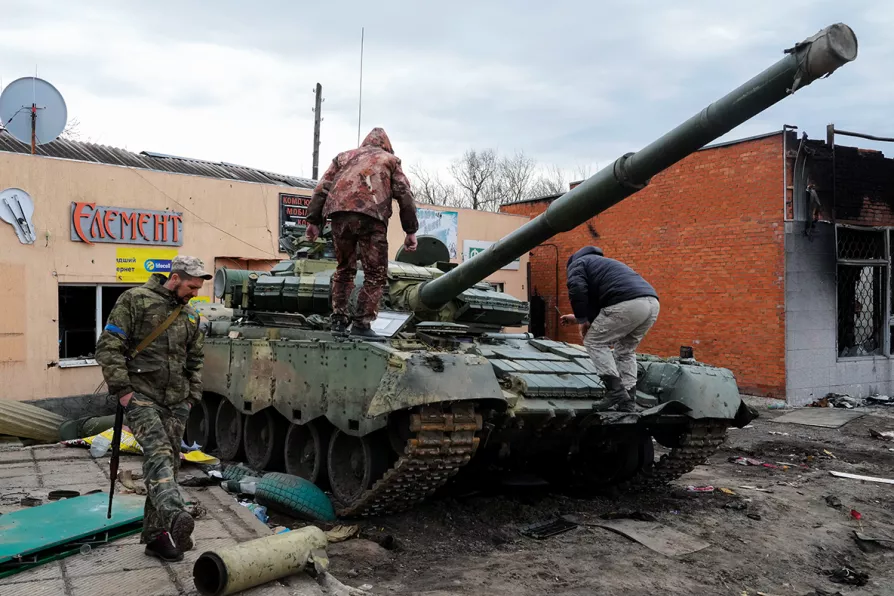BEN CHACKO speaks with Knesset member OFER CASSIF about rising political violence, the prospects for peace and his continuous ‘silencing by suspension’

 A Russian tank sits abandoned after fighting in the town of Trostsyanets, 250 miles east of Kiev
A Russian tank sits abandoned after fighting in the town of Trostsyanets, 250 miles east of Kiev
THE WAR in Ukraine has focused attention on the shifts taking place in the world order. Russia’s military intervention has been met with sanctions from the West as well as with the transport of arms and mercenaries to Ukraine. These sanctions will have a major impact on the Russian economy as well as the Central Asian states, but they will also negatively impact the European population who will see energy and food prices rise further.
Until now, the West has decided not to intervene with direct military force or to try to establish a no-fly zone. It is recognised, sanely, that such an intervention could escalate into a full-scale war between the US and Russia, the consequences of which are unthinkable given the nuclear weapons capacities of both countries. Short of any other kind of response, the West — as with the Russian intervention in Syria in 2015 — has had to accept Moscow’s actions.
To understand the current global situation, here are six theses about the establishment of the US-shaped world order from 1990 to the current fragility of that order in the face of growing Russian and Chinese power. These theses are drawn from our analysis in January 2021 Twilight: The Erosion of US Control and the Multipolar Future; they are intended for discussion and so feedback on them is very welcome.














